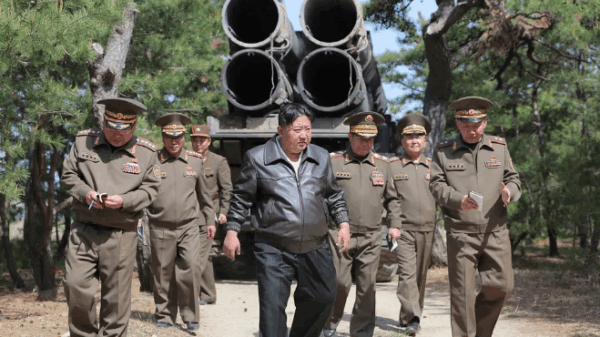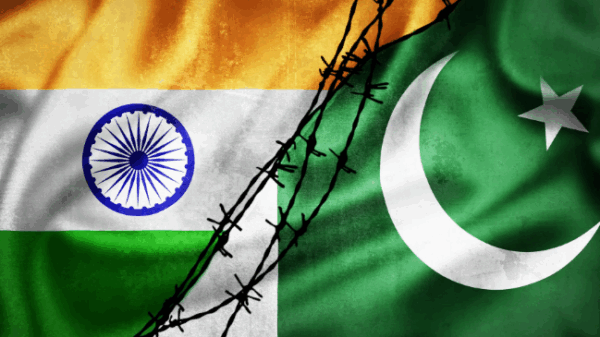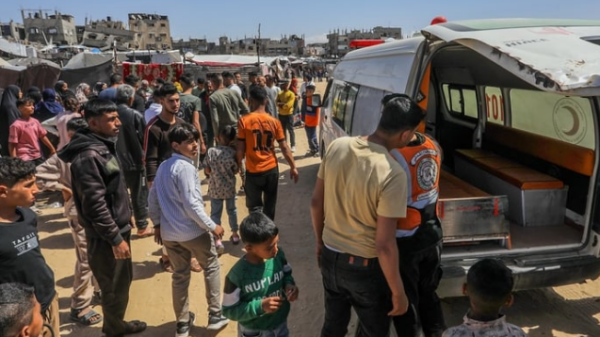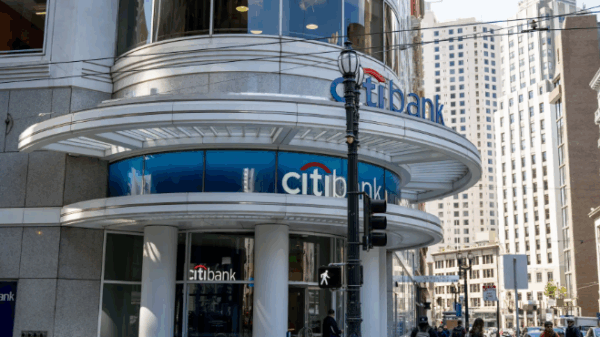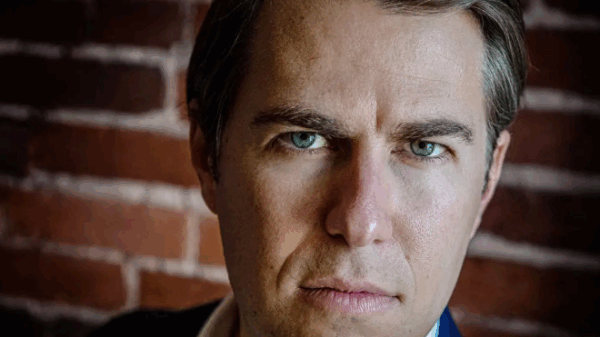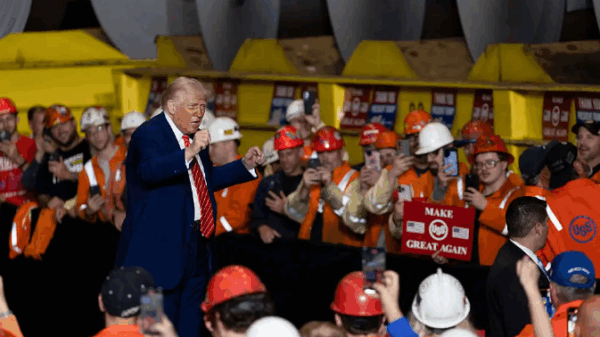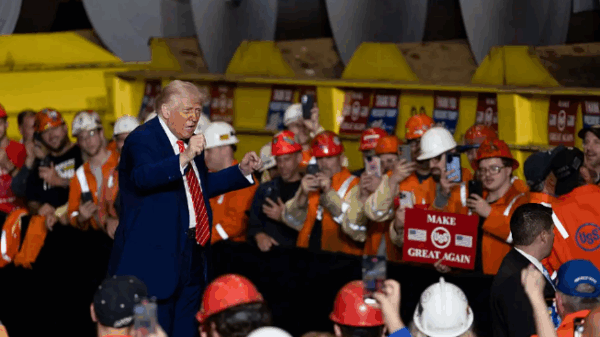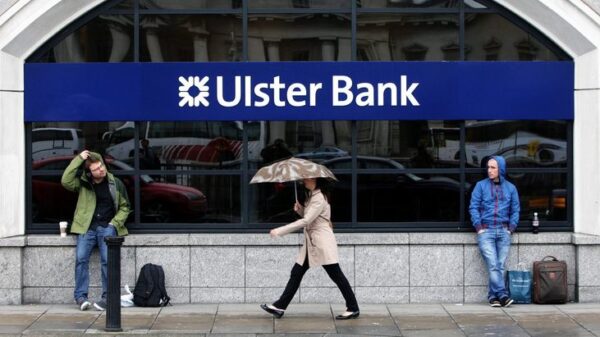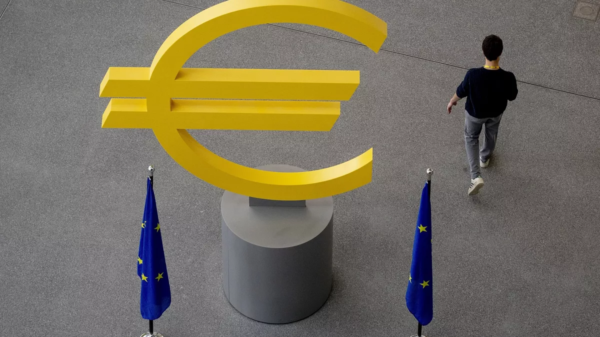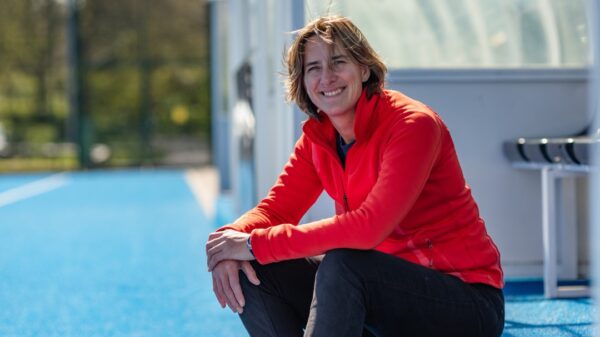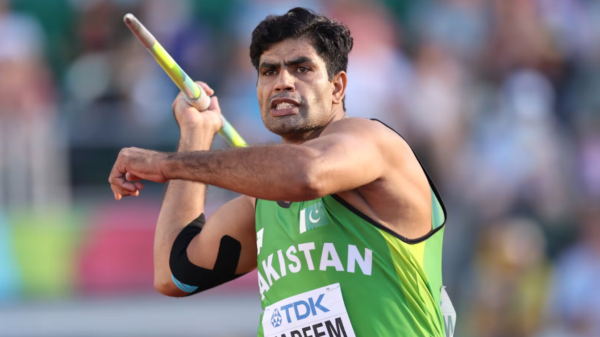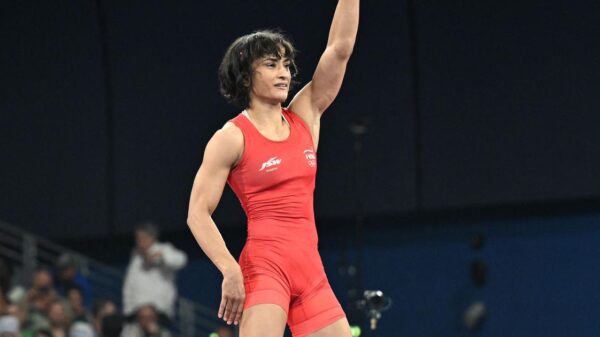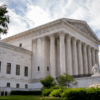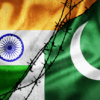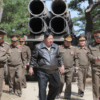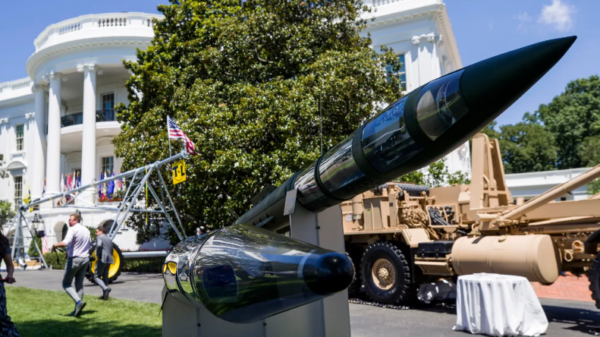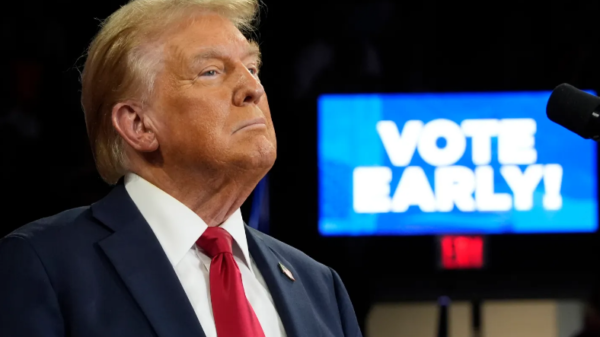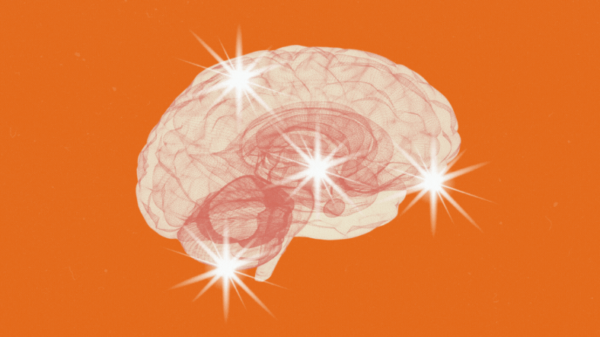Pope Francis, the 266th leader of the Roman Catholic Church, passed away on April 21 at the age of 88, just a day after addressing thousands at St. Peter’s Square for Easter Sunday. The Vatican confirmed that the Pope died following a stroke.
Born Jorge Mario Bergoglio in Buenos Aires, Argentina, Francis became the first Latin American Pope in 2013 following the historic resignation of Pope Benedict XVI—the first pontiff to step down in nearly 600 years. During his decade-long papacy, Francis was recognized for his humility, progressive voice on global crises, and efforts to modernize the Church. He was named TIME Magazine’s Person of the Year in 2013.
With his passing, the Catholic Church has entered a period known as the interregnum, a time between papacies when the papal seat is vacant. The Vatican has now begun the traditional nine-day mourning period, or novendiales, before the official process of selecting a new Pope begins.
The papal election, or conclave, is expected to commence between 15 and 20 days after Francis’s death. It will be overseen by the camerlengo, a senior cardinal responsible for managing Church affairs during the vacancy. Cardinals from around the world—more than 250 in total—will gather in Vatican City, though only those under 80 years of age (up to 120 electors) are eligible to vote.
This conclave will be heavily influenced by Pope Francis himself, who appointed nearly 80% of the current electors. The selection process is held under strict secrecy within the Sistine Chapel, with cardinals voting in repeated rounds until one candidate secures a two-thirds majority. The election results are traditionally signaled to the public via smoke from the chapel’s chimney—white for a successful election, black for inconclusive votes.
Among the frontrunners to succeed Francis are several prominent cardinals, including France’s Jean-Marc Aveline, Ghana’s Peter Turkson, the Philippines’ Luis Antonio Tagle, and Italy’s Matteo Maria Zuppi. The next pontiff is expected to continue grappling with the Church’s stance on LGBTQ+ rights, clerical abuse, migration, and the role of women in Church leadership.
As the world mourns the passing of a transformative spiritual leader, attention now turns to the next chapter for the Catholic Church and who will step forward to lead its 1.3 billion followers into the future.


